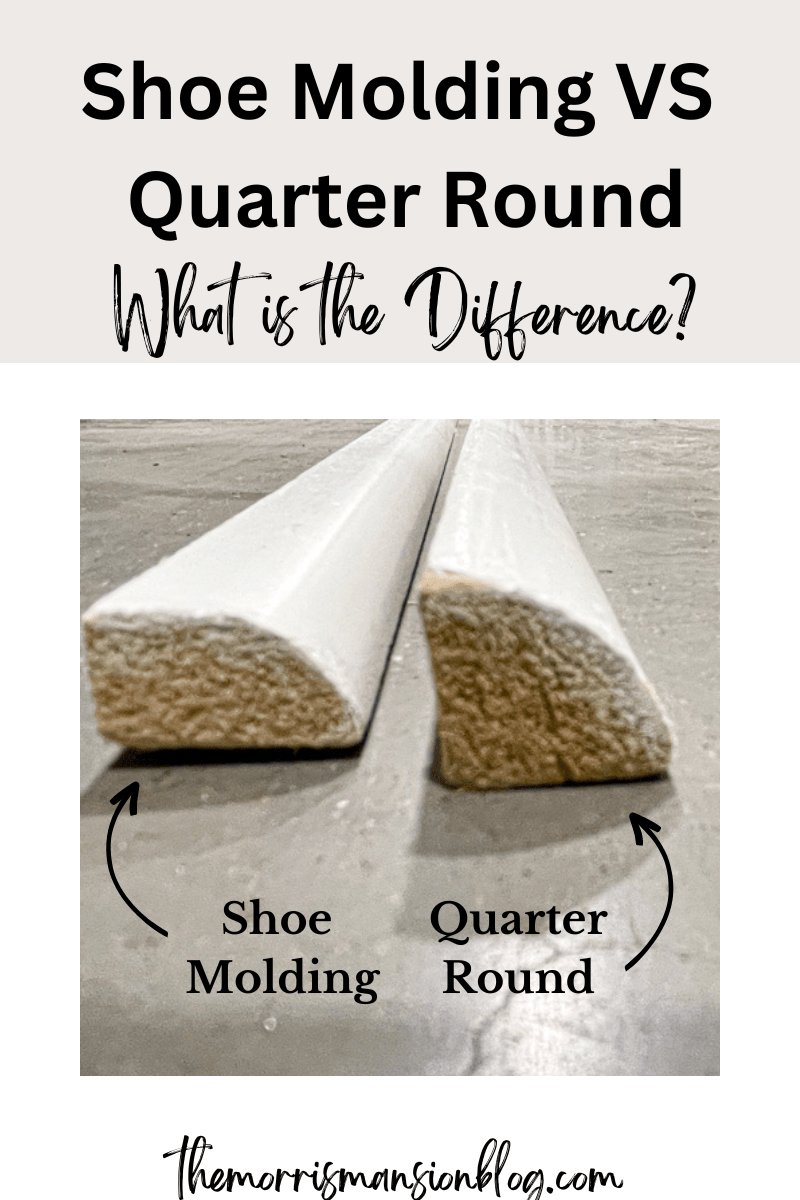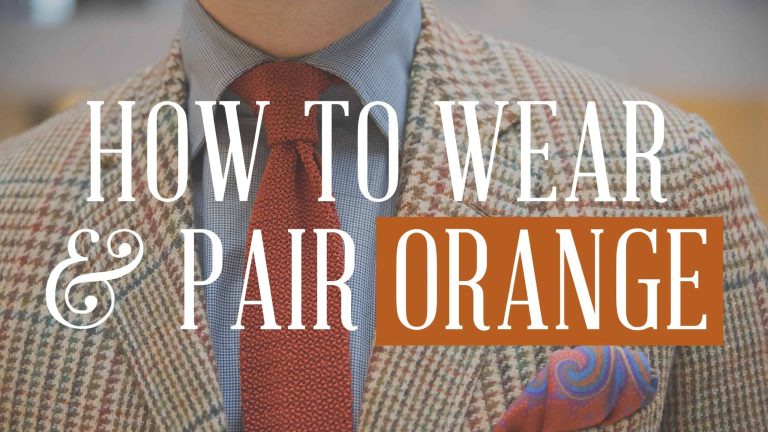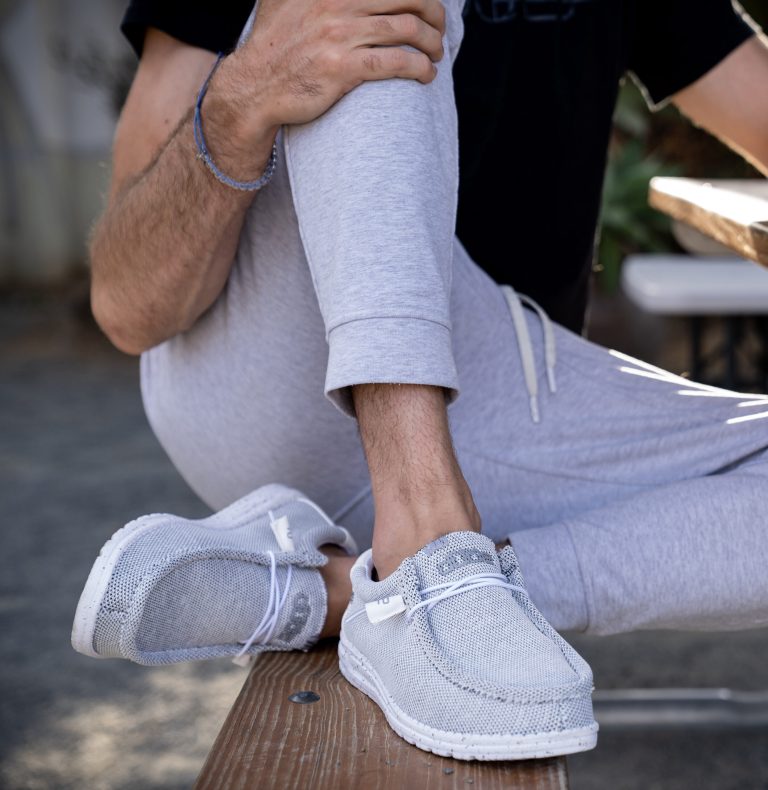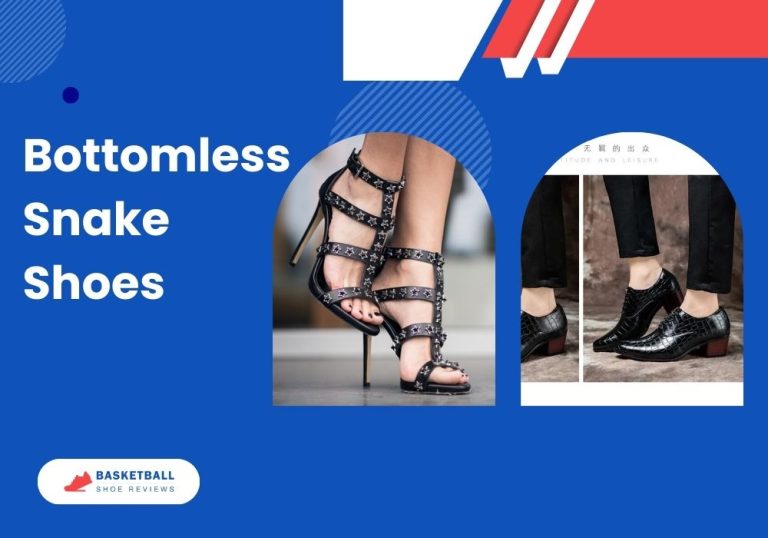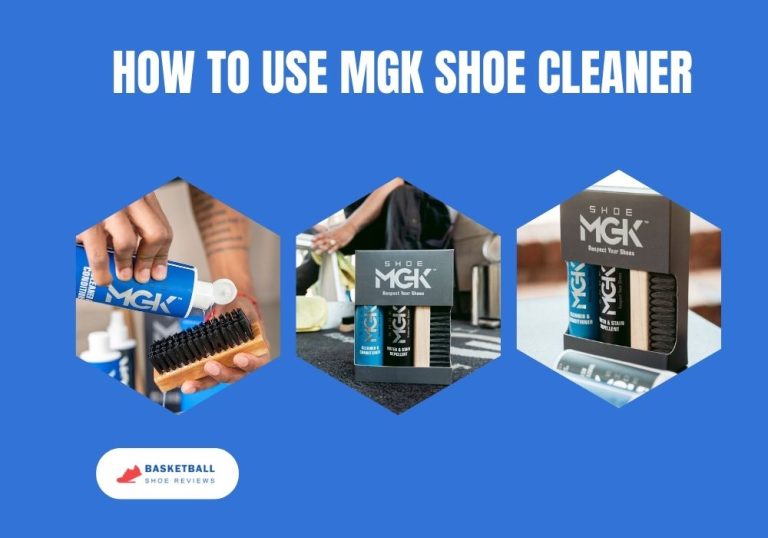What is the Difference between Shoe Molding And Quarter Round
When it comes to adding the finishing touches to your flooring project, it’s essential to choose the right molding. Among the various options available, two popular choices are the shoe molding and quarter round. While they may seem similar at first glance, there are significant differences between the two. Let’s delve into the nuances of shoe molding and quarter round to help you make an informed decision for your next home improvement project.
Shoe Molding
Shoe molding, also known as base shoe or carpet shoe, is a type of trim that is typically used to cover the expansion gap between the baseboard and the flooring. It is characterized by its slender and elongated profile, which allows it to fit snugly against the baseboard and flooring.
The primary function of shoe molding is to provide a seamless transition between the baseboard and the floor, concealing any gaps or imperfections along the edges. This type of molding is commonly used with hardwood, laminate, and vinyl flooring installations.
Shoe molding is often installed at a 45-degree angle to ensure a precise fit against the baseboard and flooring. It can be made from various materials, including wood, MDF (medium-density fiberboard), and PVC (polyvinyl chloride), offering flexibility in terms of aesthetics and durability.
Quarter Round
Similar to shoe molding, quarter round is a type of trim that serves the purpose of covering the expansion gap between the baseboard and the flooring. However, it differs in its shape and dimensions. Quarter round features a convex, rounded profile, resembling a quarter of a circle when viewed from the end.
The name “quarter round” stems from the molding’s cross-sectional shape, which is often a perfect 90-degree arc. This design makes it an ideal choice for finishing the inside corners of rooms and creating a smooth transition between the baseboard and the floor.
Quarter round is available in various materials, such as wood, MDF, and flexible polymer, catering to different installation requirements and design preferences. Its versatility and ability to adapt to curved surfaces make it a popular choice for a wide range of flooring applications.
Distinguishing Factors
| Aspect | Shoe Molding | Quarter Round |
|---|---|---|
| Profile | Slender and elongated | Convex and rounded |
| Edge Placement | Snug fit against the baseboard and flooring | Smooth transition in inside corners |
| Material | Wood, MDF, PVC | Wood, MDF, flexible polymer |
| Installation | Often at a 45-degree angle | Perfect 90-degree arc |
While both shoe molding and quarter round are designed to address the same gap-covering purposes, their differing profiles and installation techniques make them suitable for distinct applications. Choosing between the two depends on factors such as the type of flooring, the layout of the room, and the desired aesthetic outcome.
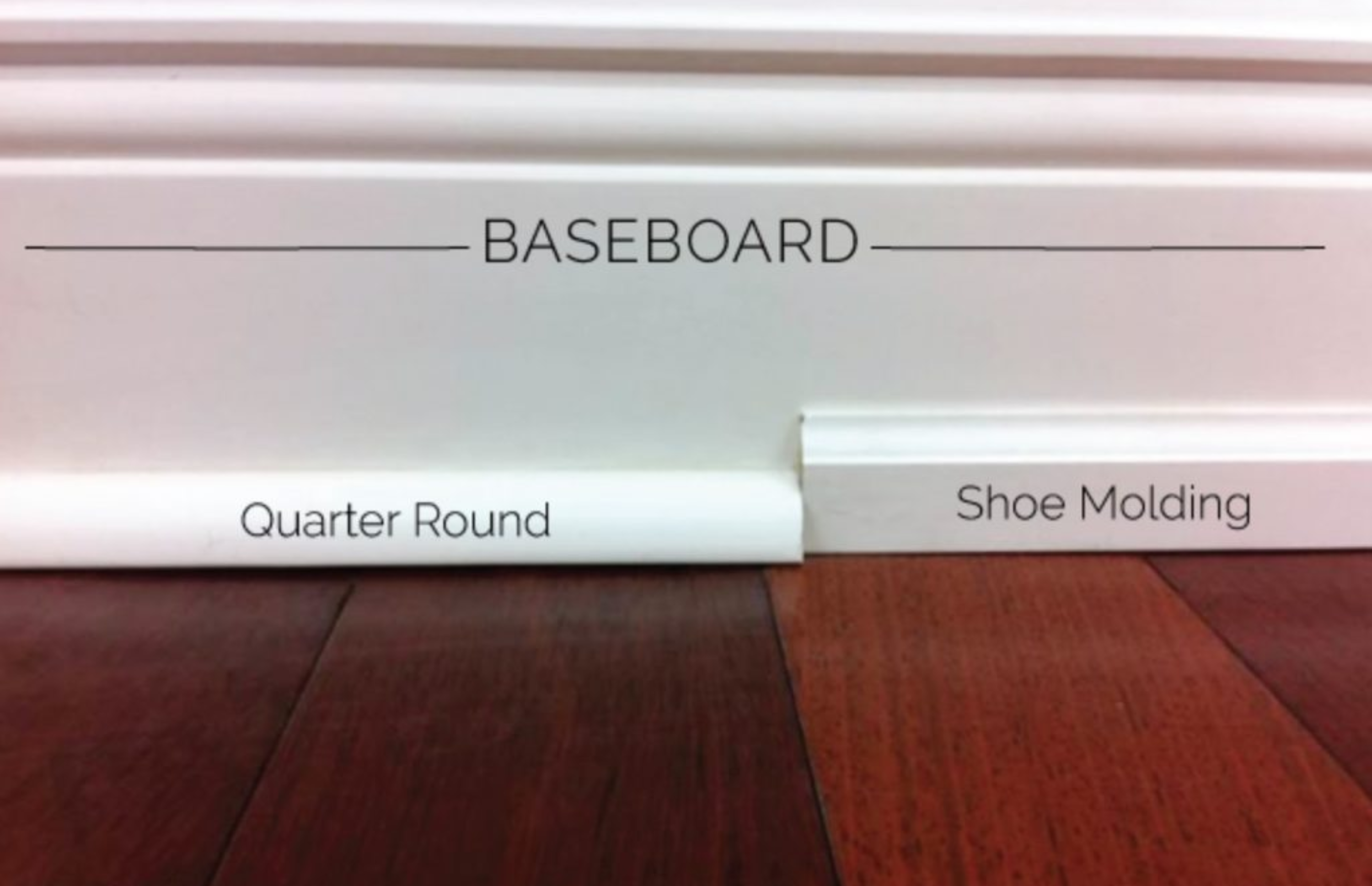
Credit: www.metrie.com
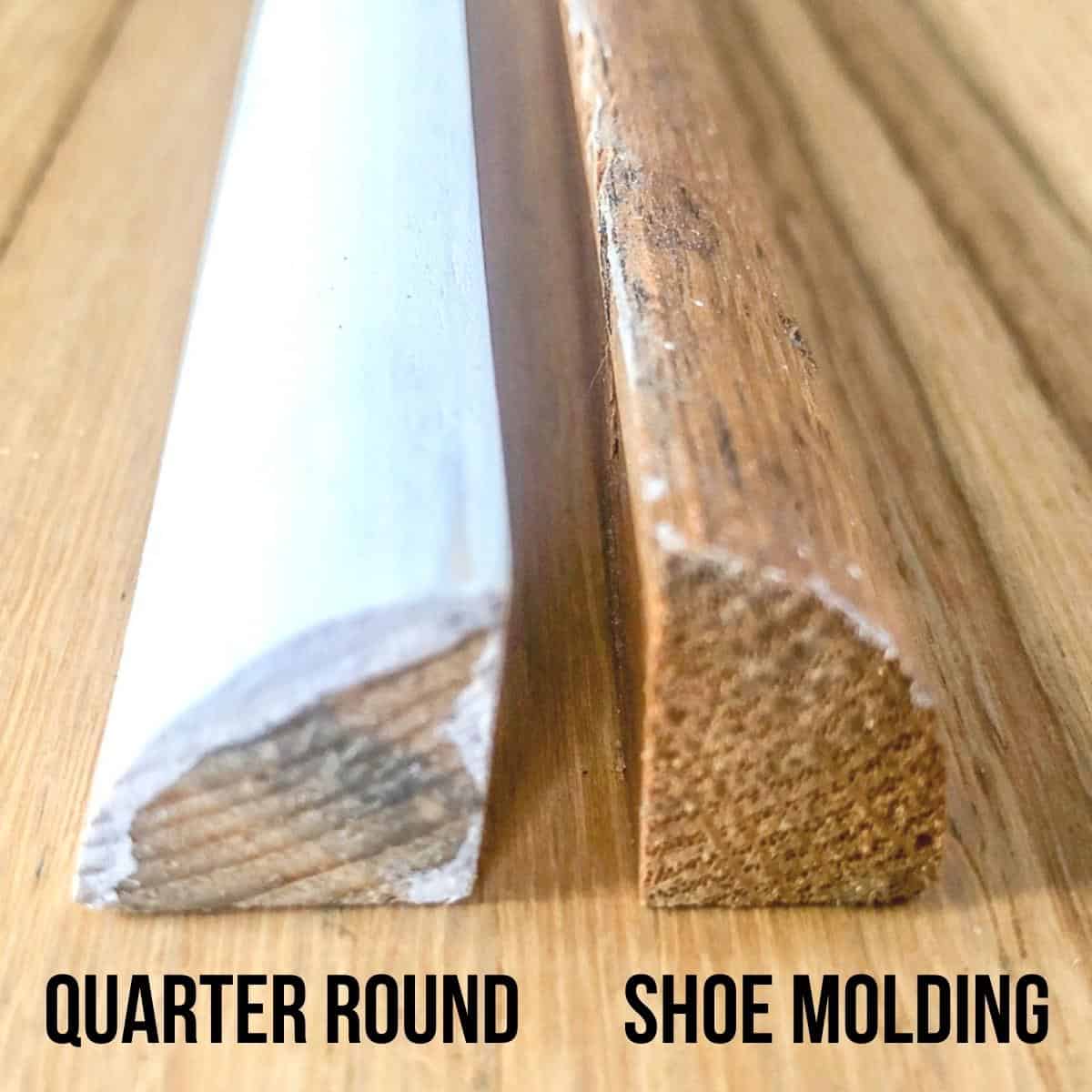
Credit: www.thehandymansdaughter.com
Final Thoughts
In conclusion, understanding the difference between shoe molding and quarter round is crucial for achieving a polished and professional look in your flooring installations. By considering the unique characteristics and installation requirements of each type of molding, you can make an informed decision that aligns with your specific project needs and design vision.

